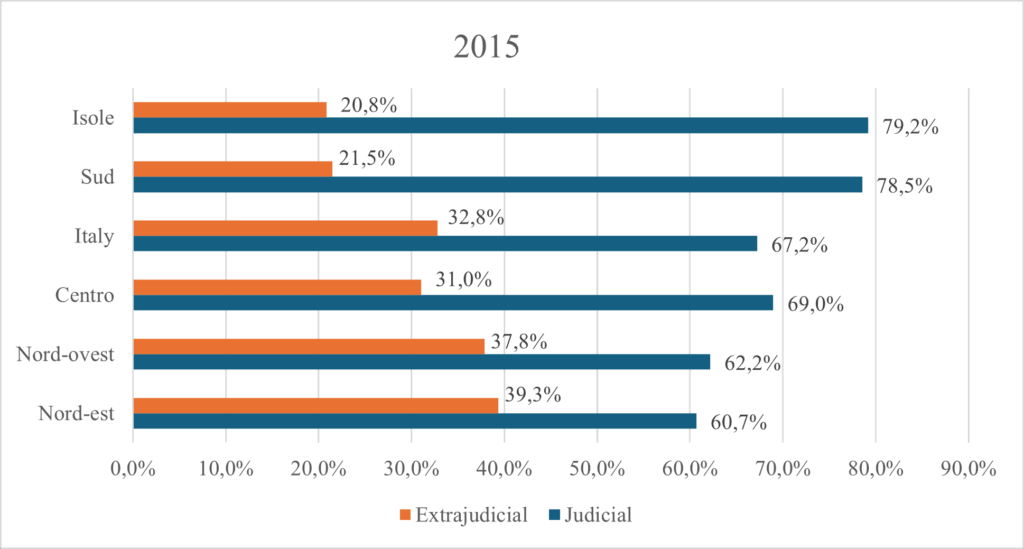Legal Framework
- Civil Code (CC)
- Law No 898 of 1970 (Divorce Law)
- Decree-Law No 132 of 2014 (Extra-judicial procedures)
- Legislative Decree No 149 of 2022
Competent Authority
Three options:
- Courts (for contentious and consensual divorces)
- Lawyers through assisted negotiation
- Mayor (for consensual divorces without children)
Access Requirements
For Extra-judicial procedures:
- Assisted Negotiation:
- Mutual agreement between spouses
- Each spouse must have a lawyer
- Before Mayor:
- Mutual agreement
- No minor children
- No transfer of real estate
- No lump-sum maintenance agreements
Procedure
- Judicial Divorce:
a) Contentious:
- Children over 12 must be heard
- Financial documentation required
- Judge can issue temporary measures
- Ends with constitutive judgment
b) Consensual:
- Parties present agreement on financial matters and parenting plan
- Judge verifies compliance with mandatory rules and child’s best interests
- Ends with constitutive (declarative on patrimonial and maintenance effects) judgment
- Assisted Negotiation:
- Initial written agreement to negotiate
- 1-3 months negotiation period
- Lawyers verify compliance with rules
- Agreement sent to public prosecutor à If children involved, prosecutor verifies child’s best interests
- Before Mayor:
- Parties present agreement
- Mayor verifies identities and requirements
- After 30 days, parties confirm agreement
Statistical analysis
Data have been downloaded from Istat database https://esploradati.istat.it/databrowser/#/en/dw/categories/IT1,POP,1.0/POP_SEPDIV
Following the 2015 introduction of extrajudicial procedures for consensual separations and divorces, ISTAT began disseminating data from a new information flow provided by civil registrar offices. These data cover two new types of mutual consent separation:
- Negotiated agreements assisted by lawyers (Art. 6)
- Agreements before the civil registrar in cases without financial issues or dependent children (Art. 12)
Each year, ISTAT publishes the main results of its surveys on separations and divorces recorded by civil court registries, based on all proceedings concluded during the reference year.
This new data source allows for updated analysis of separation and divorce trends, including key characteristics such as marriage duration, age at separation, type and length of proceedings, and details on children involved and custody arrangements (Form Istat Metadata on www. Istat.it).
At present, divorces can be analyzed separately for court-based and extrajudicial procedures based on the location where the procedure took place, as well as the spouses’ place of birth and residence. In the near future, the two categories will also be cross-tabulated by the spouses’ educational level and professional status.
Figure 1 Judicial and extrajudicial divorces in Italy, 2015–2022 – Number of divorces per million Inhabitants

Note: ISTAT, data retrieved from the website in July 2025.
Figure 2 – Shares of judicial and extrajudicial divorces, by geographic area – Italy, years 2015 and 2022 (percentage values)


Note: ISTAT, data retrieved from the website in July 2025.
